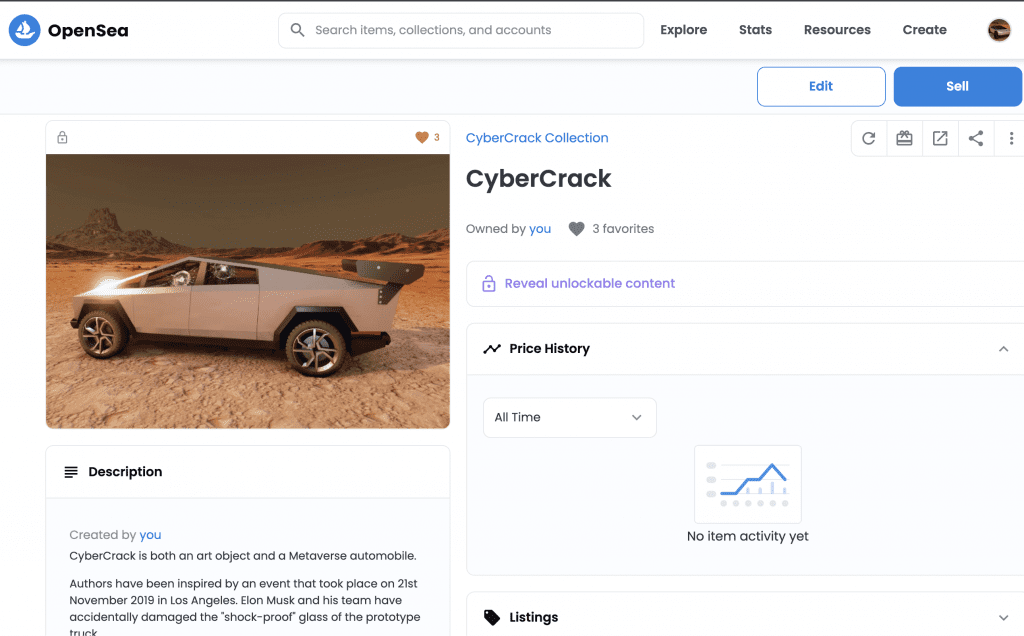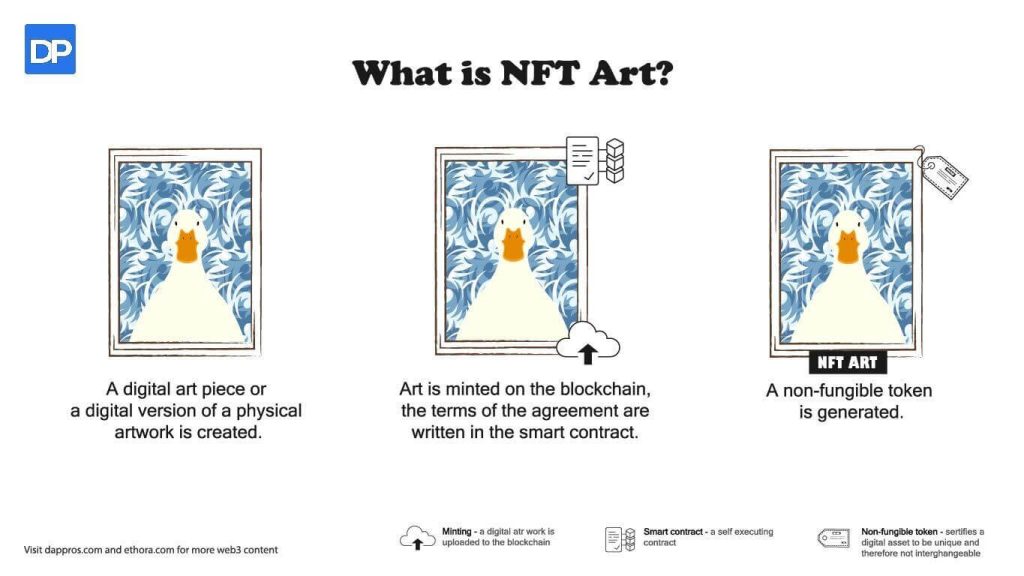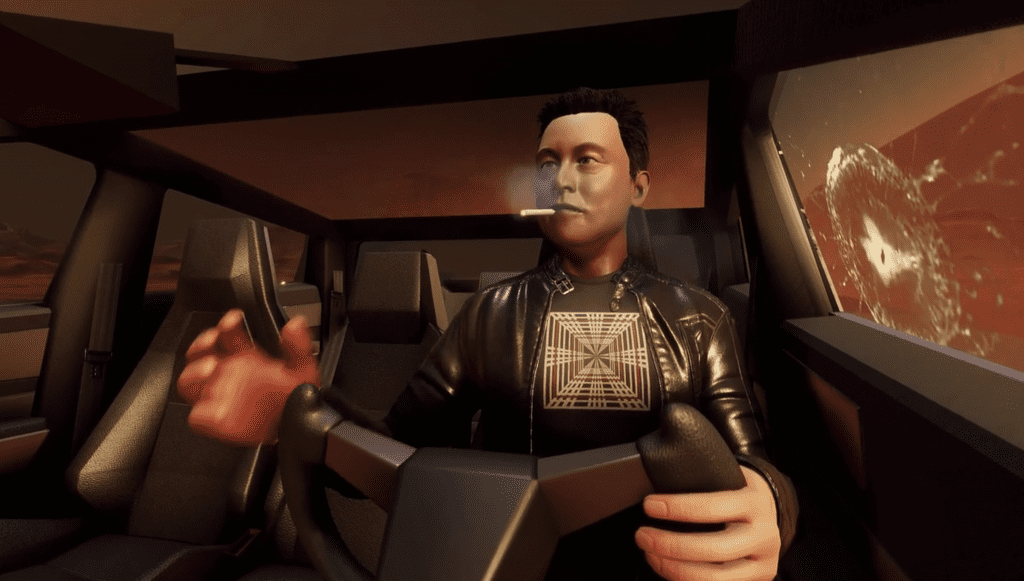NFT (Non-fungible tokens) have been around for a few years now but have gained most of its popularity just recently (2021). “Non-fungible” is a household definition in crypto / blockchain ecosystem and generally speaking it means “unique”. Each non-fungible token is unique as opposed to fungible tokens such as crypto currencies. Bitcoin, Ethereum and other crypto currencies are all fungible which means that each of their tokens is not distinguishable from other tokens of the same currency / coin, and is therefore replaceable.
Standards followed by NFT developers
In Ethereum blockchain as well as in many other blockchains that derive from it, tokens are typically based on template smart contracts that follow specific ERC standards. When developers create new tokens they typically inherit from an existing smart contract that is implemented under such ERC standard. Fungible tokens or coins typically follow ERC-20 standard. NFT (non-fungible tokens) typically follow either ERC-721 or ERC-1155 standard.
Main advantages of NFT token standard
As each NFT token is unique, they find strong application in the areas where they represent either digital or real-world assets. One of the most powerful applications of NFT over last 3 years (2020-2022) has been in the area of the digital art. Each blockchain token has a full immutable history or provenance, a record of when it was issued and by whom, who has owned it, how much it was purchased for etc. This feature has made ERC-721 and ERC-1155 based NFT tokens invaluable as both a proof of ownership and the digital art object combined in one.
Typical contents of an NFT token
Among other attributes, some of the most important ones are the following:
- ID – within a collection each token has a unique ID which allows to identify it. Unlike other parameters, ID is a part of the token itself. Other parameters are normally listed within the metadata file.
- Image or art file – usually that would be a link to a binary file object (such as a PNG file) hosted at IPFS decentralized storage.
- Description – brief description of the object

Many other parameters may be included as ERC standard does not limit the names and amount of parameters to be included into metadata file, a JSON object linked from the token’s smart contract.
NFT tokens aren’t limited to static digital images. They can represent or include different kinds of media (animations, sounds, video, 3D objects, other data) as explained further below.

Rich, Metaverse and Utility NFTs
Can NFTs only be used as a medium of art ownership? Definitely not. Blockchain and smart contract technology offer vast possibilities for future development of NFTs beyond the scope of the static images that is popular currently.
- Rich NFTs – under “rich NFTs” we propose to understand the NFTs which include multiple media in different formats, for example there could be a main static image, which is also accompanied by a video file, sound track, 3D model etc. Various media files could be included to offer a wider support of platforms where said NFT will be played or otherwise presented.
- Metaverse ready NFTs – we have worked on projects where NFT isn’t simply a static art, it is also a metaverse object compatible with such platforms as Decentraland etc. Such NFT would typically include 3D models in high poly and “light” (size optimized) modes, textures, shaders etc allowing different metaverse platforms to render and represent it within their limits. Such metaverse object NFT could be mutable or include mutable parameters. For example, a game character or a vehicle that may have certain attributes changed as result of its interaction with other characters and objects within a virtual reality / metaverse space.
- Utility NFTs – under utility NFTs we understand NFTs which play additional roles and can be used beyond the functions of “admiring” and “collecting” them. Such for example as NFTs that act as tickets or discount vouchers to attend real-world or virtual events, NFTs that represent ownership of real-world objects or land. The above-mentioned metaverse NFTs can also be qualified into this category.

You may also want to check our Ethora project wiki site where some notable examples of Rich / Metaverse-ready NFTs are presented.
Dappros team has worked on a number of notorious NFT projects. Please feel free to contact us in case you require any help or consultation in relation to your NFT project.
